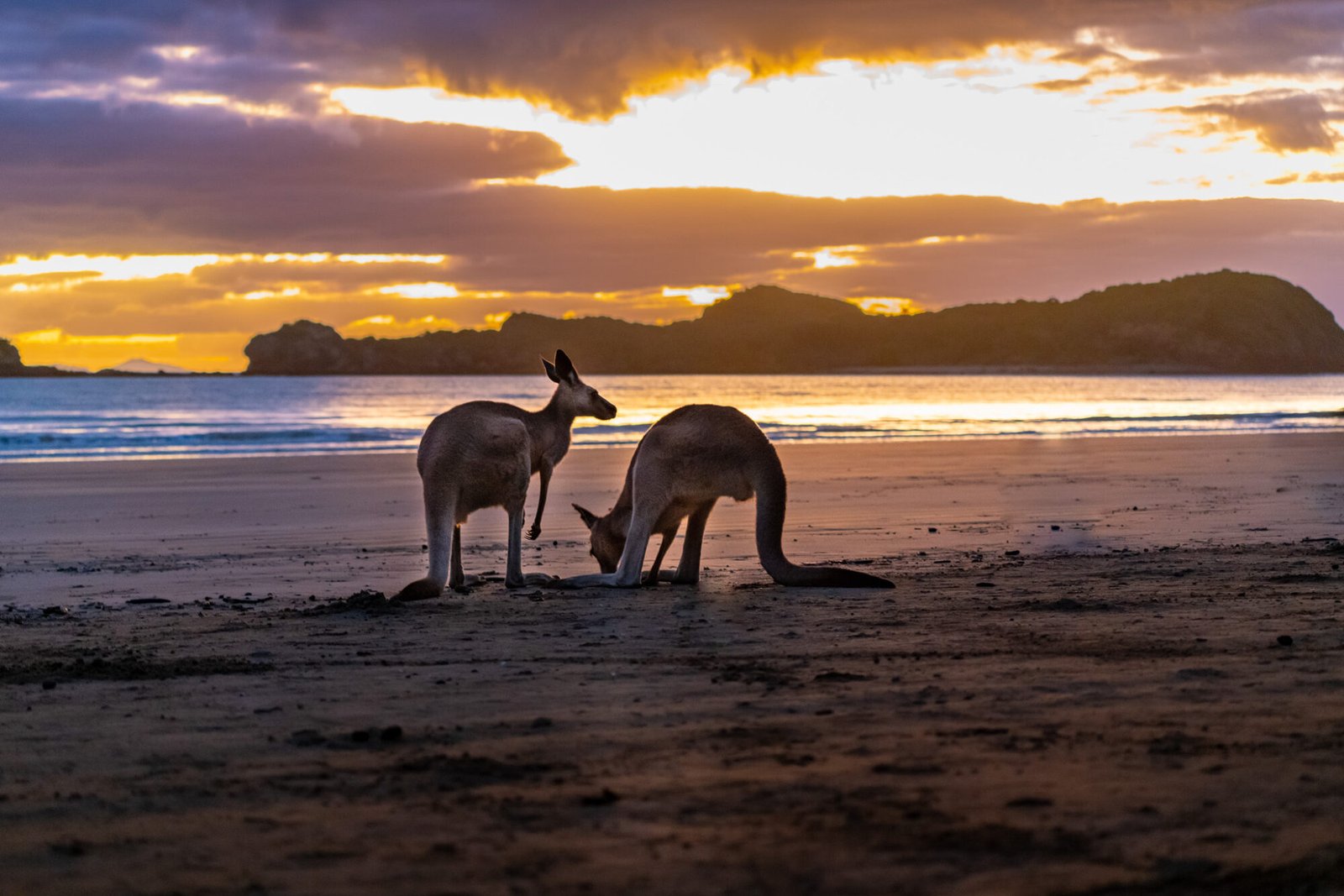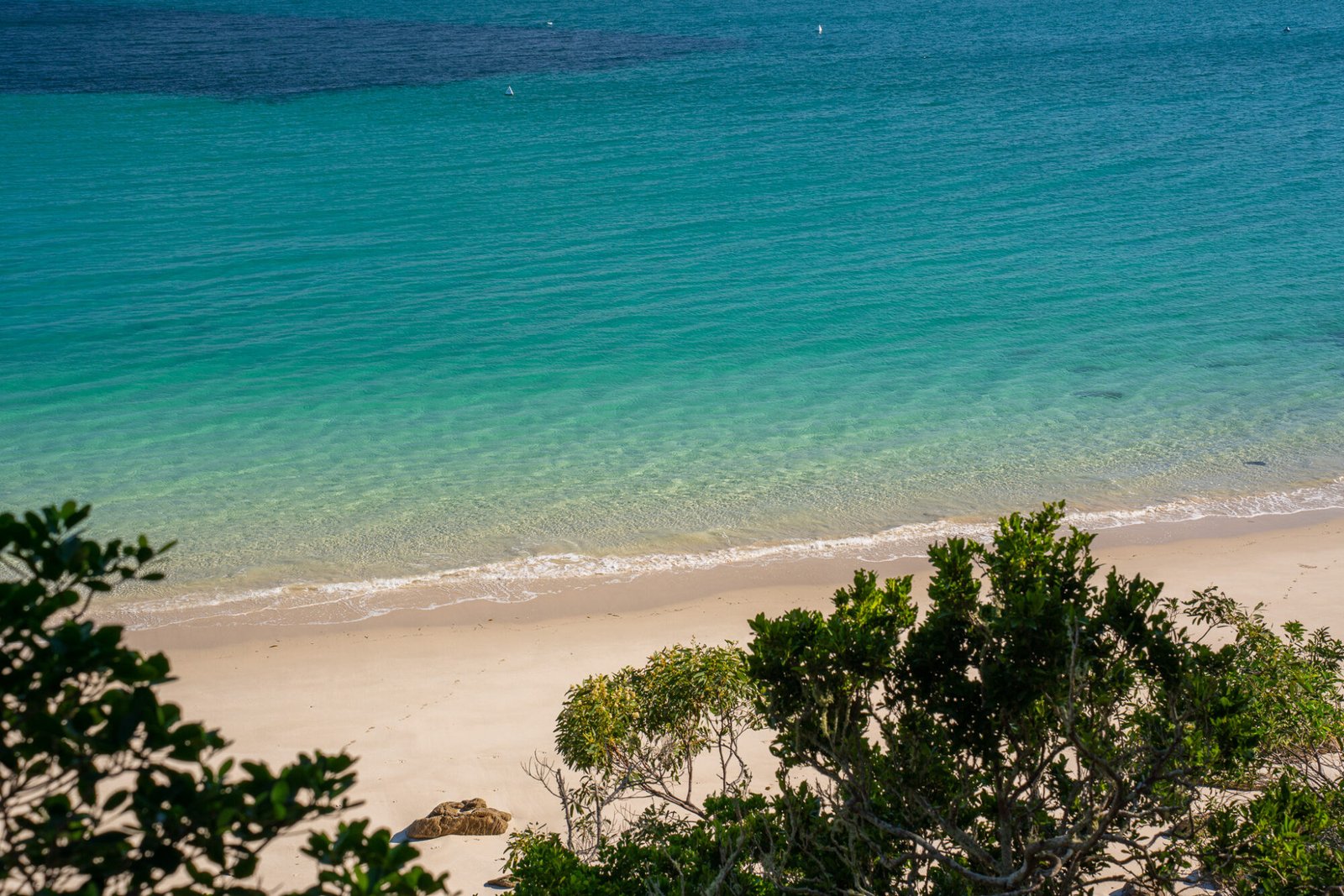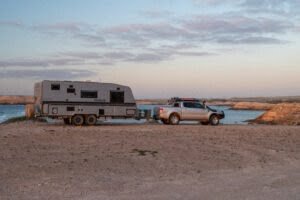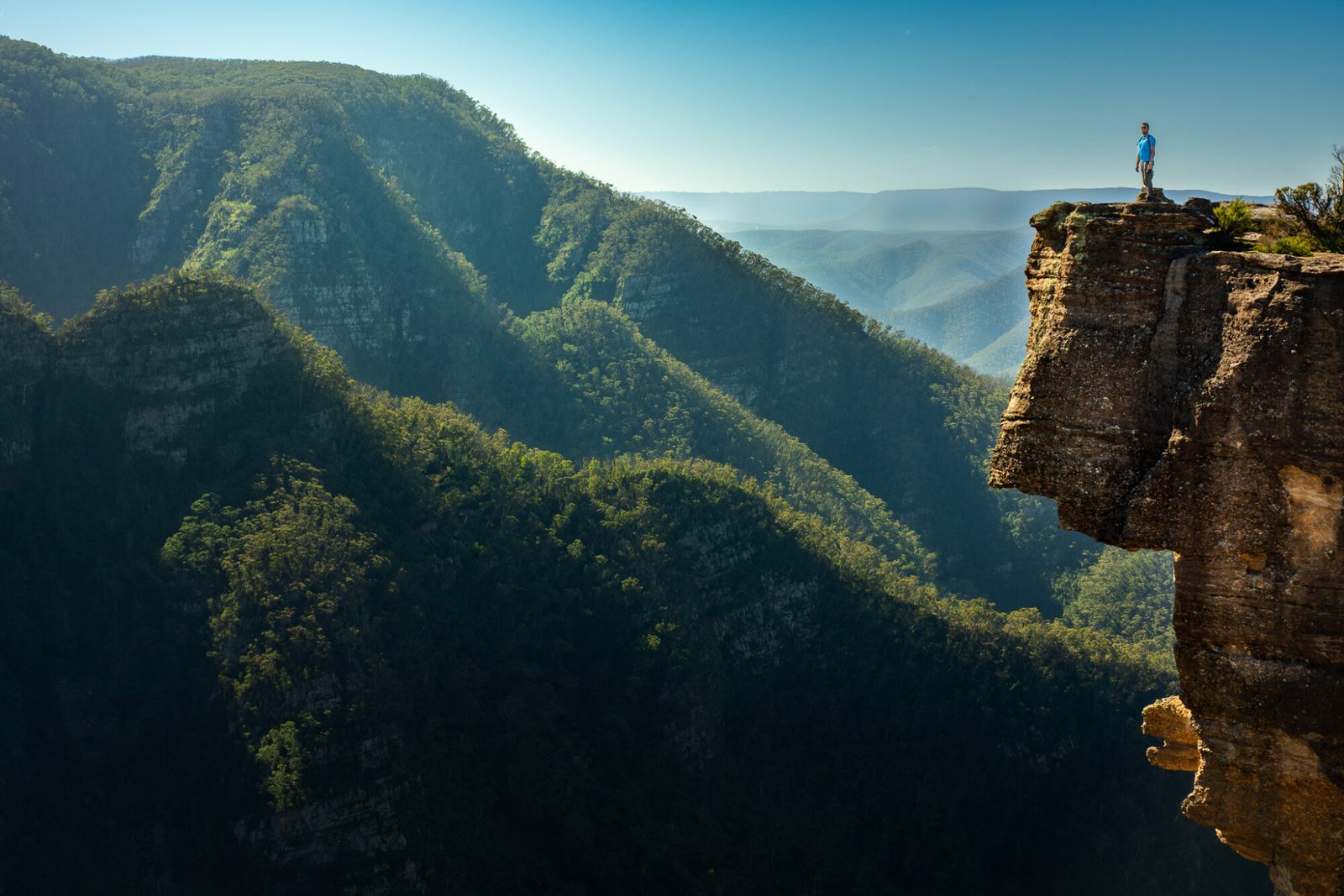Launceston
Launceston, the second oldest city of Tasmania, has much to offer in the way of heritage buildings, scenic beauty, and a thriving food and wine scene. It is a very walkable city and worth an explore to admire the many Victorian and Georgian buildings still found here, such as the Queen Victoria Museum and Art Gallery. City Park is one of Launceston’s most beloved green spaces found in the heart of town. Make sure to check out the population of Japanese macaque monkeys, which were a gift from Japan in the 1980s.
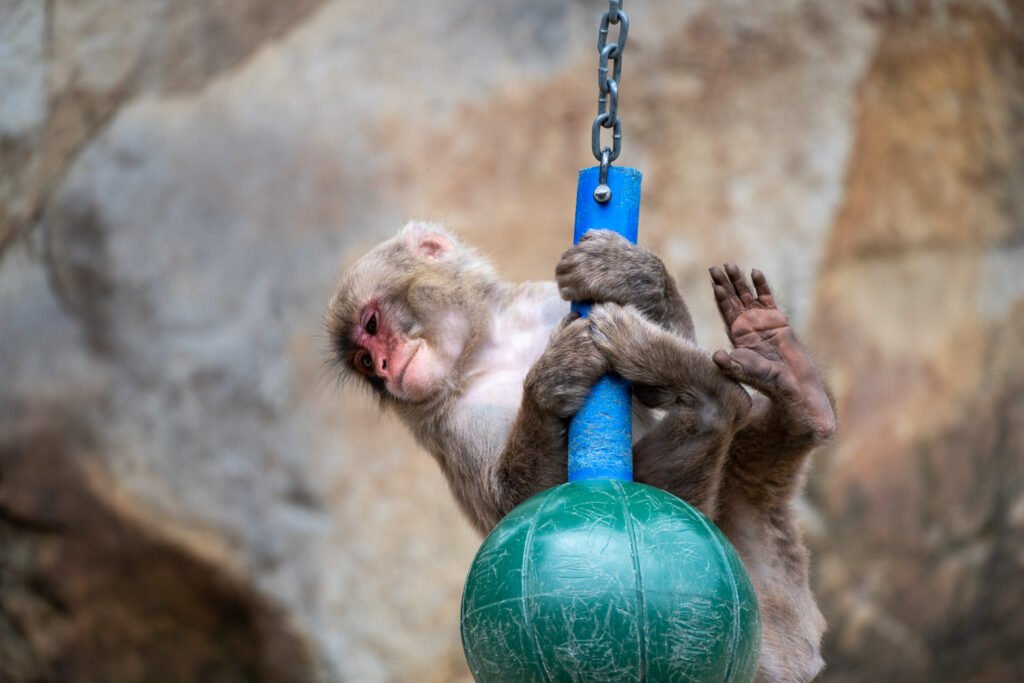
Cataract Gorge Reserve, known to locals simply as “The Gorge,” is Launceston’s most iconic natural attraction located on the western side of town and can easily take a whole day to explore. The best way to see all this reserve has to offer is on foot, via a 5km walk that is moderately challenging due to steep inclines and unpaved paths. Highlights include Kings Bridge and the historic Cottage, the gardens and colourful rotunda at Cliff Grounds, and Alexandra Suspension Bridge.
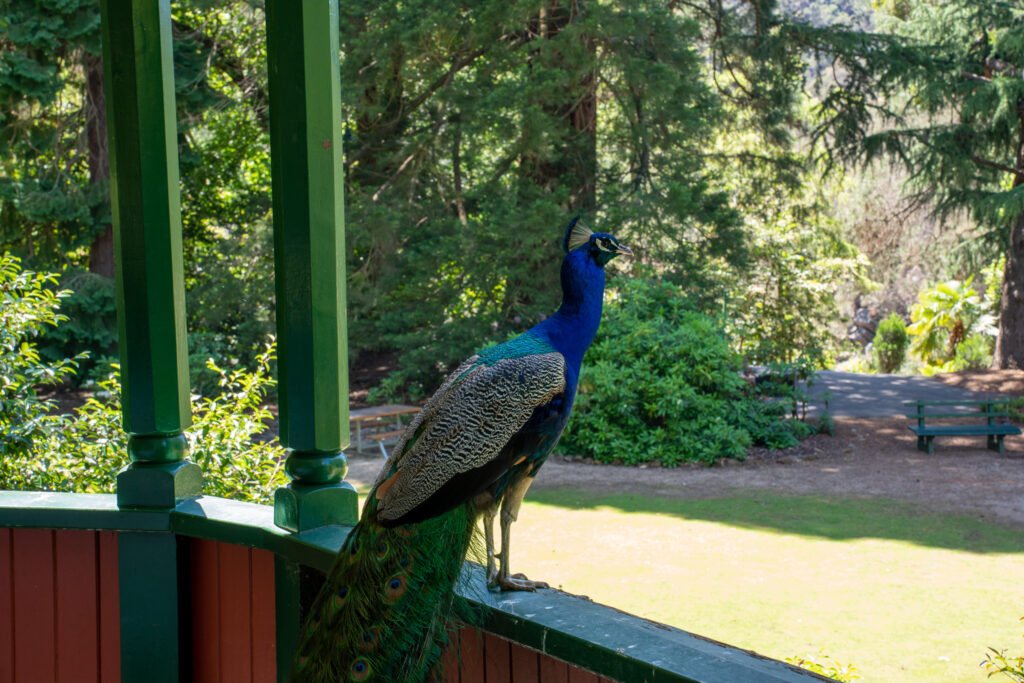
For an extra challenge, the Reed Gully and Snake Gully tracks descend steeply 2km to take you to the historic Duck Reach Power station and suspension bridge.
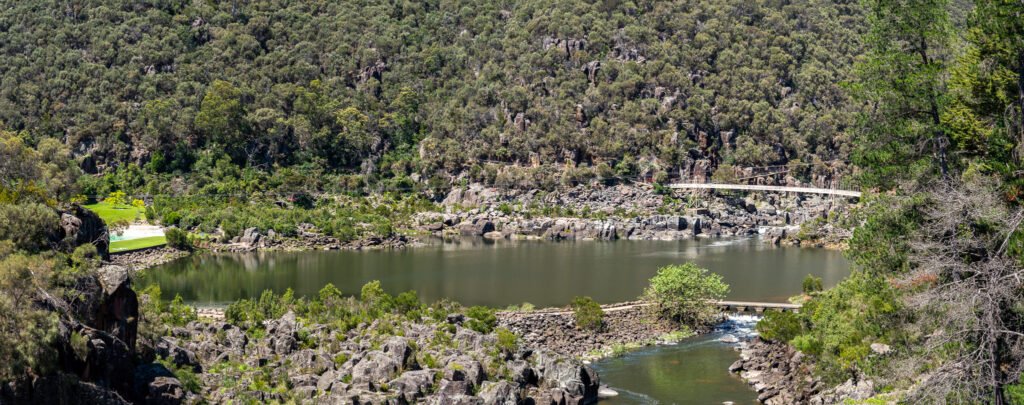
If you’d rather explore in a more leisurely fashion, you can take a ride on the world’s longest single chairlift, which spans 308m across the gorge. Otherwise, during the summer months you can relax or go for a dip at the First Basin outdoor pool. On a warm, sunny day this is definitely the place to be!
Side Trips from Launceston
Tamar Valley and Pipers River
The Tamar Valley and Pipers River are two of Tasmania’s premier wine regions located a stone’s throw from Launceston. Each can easily be its own day trip or you can combine them into a larger loop, depending on how many wines you want to sample. Our favourites were Goatyhill in the Tamar Valley and Janz in Pipers River. For gin lovers, Turner Stillhouse‘s award-winning gins stand out in an oversaturated market.
Ben Lomond National Park
Ben Lomond National Park sit about an hour east of Launceston. The park offers ski fields in the winter and hiking trails and rock climbing in the warmer months. Its most iconic point is the winding road known as Jacob’s Ladder, with its impressive switchbacks climbing the hill. Unfortunately we didn’t have the best weather here so were limited in our explorations, but it is a great place to experience Tasmania’s alpine beauty. Just make sure to pick a good weather day for it!

Mole Creek Caves, Devils Gullet and Alum Cliffs
Mole Creek Caves, located about an hour west of Launceston, is a beautiful cave system that also offers a unique chance to see an impressive display of glow worms. National Parks service runs reasonably priced tours which cover different sections of the cave.

Close to Mole Creek Caves you’ll find Devils Gullet and Alum Cliff. Devils Gullet showcases sweeping clifftop views framed by dolerite columns.

Alum Cliffs hold a special significance to the Aboriginal people of this area (known as tulampanga) as it is a substantial source of ochre. A short walk leads to a great viewpoint over the gorge.
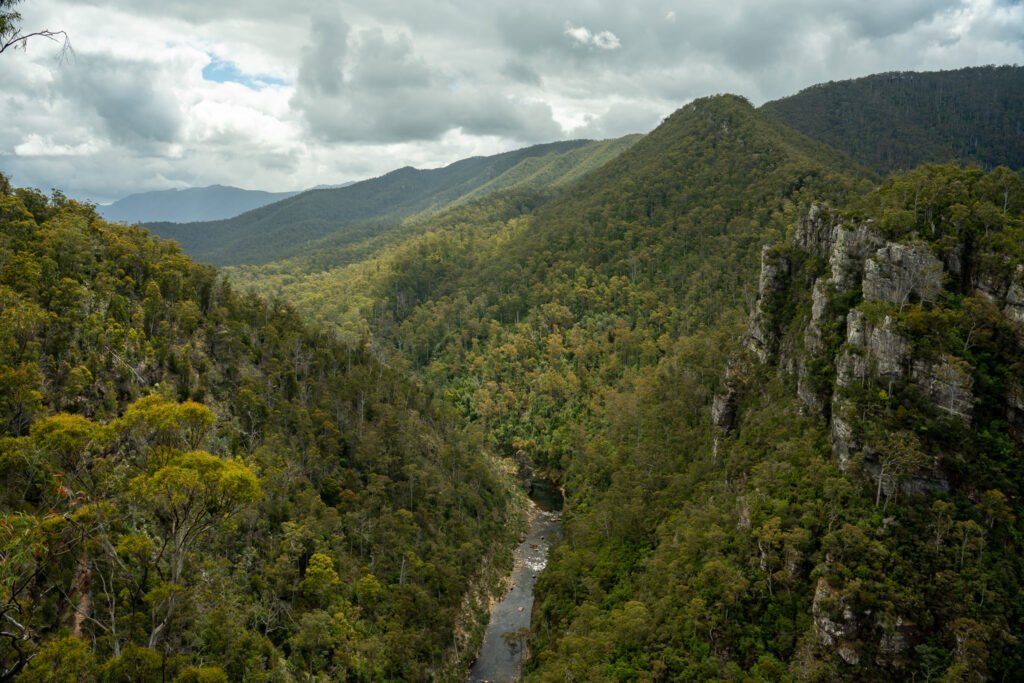
Liffey Falls
If, like us, you have a passion for waterfalls, you cannot miss stunning Liffey Falls. There are two access points to the falls, via an upper and a lower carpark. Access to the falls from the upper carpark takes only 45 minutes return, while from the lower carpark it is a 3 hour return journey. However, only the lower carpark is caravan accessible, so if you are towing you will need to park there.
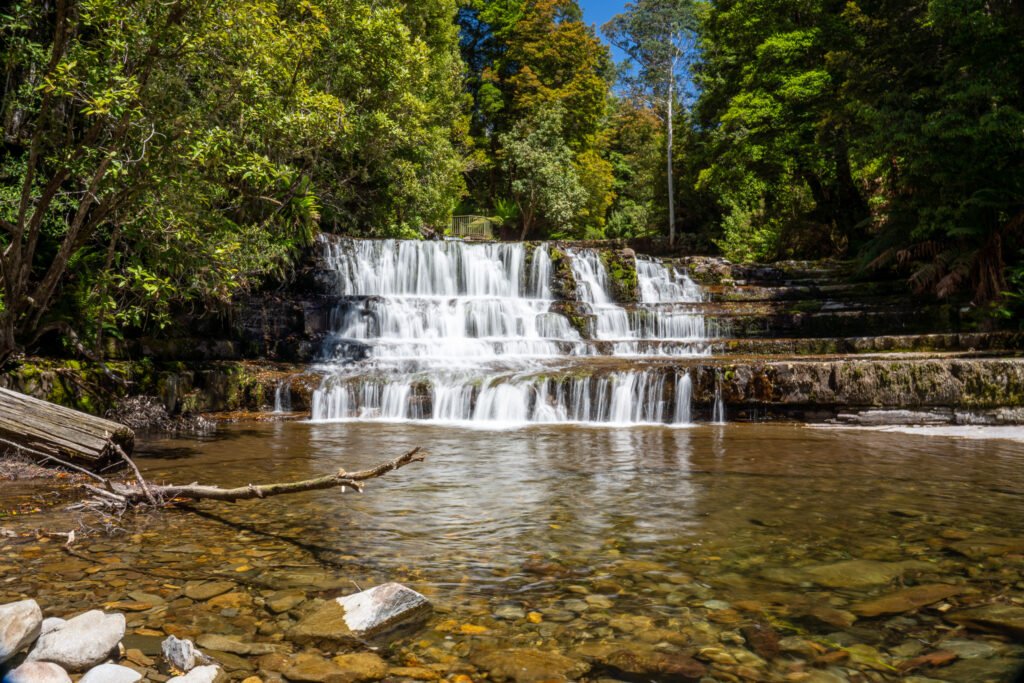
Either walk will take you through a beautiful temperate rainforest trail that meanders along the Liffey River, passing several small cascades, until you reach the striking Liffey Falls. On a warm day you can enjoy a cooling dip in several places along the river, where you’ll likely have a pool all to yourself.
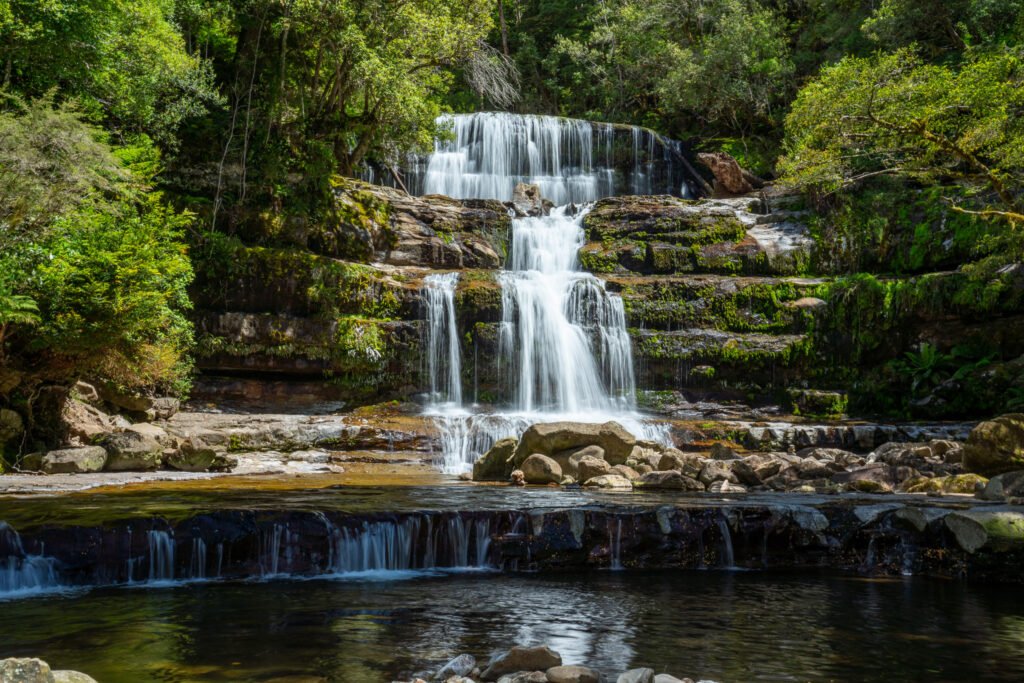
Narawntapu National Park
Lastly, Narawntapu National Park sits an hour northwest of Launceston (or 35 minutes east of Devonport) and features plenty of hiking options and beach activities such as swimming and fishing. It is also a popular birding area with a bird hide located a short walk from Bakers Beach. There are several campgrounds to choose from, including powered sites located near the visitor’s centre in Springlawn.

For our day visit there, we chose the Archers Knob hike, which is a 2-3 hour loop hike offering great views from the top of the knob. One thing we weren’t prepared for was the amount of snakes we saw on this walk; by the end we had seen six snakes total!
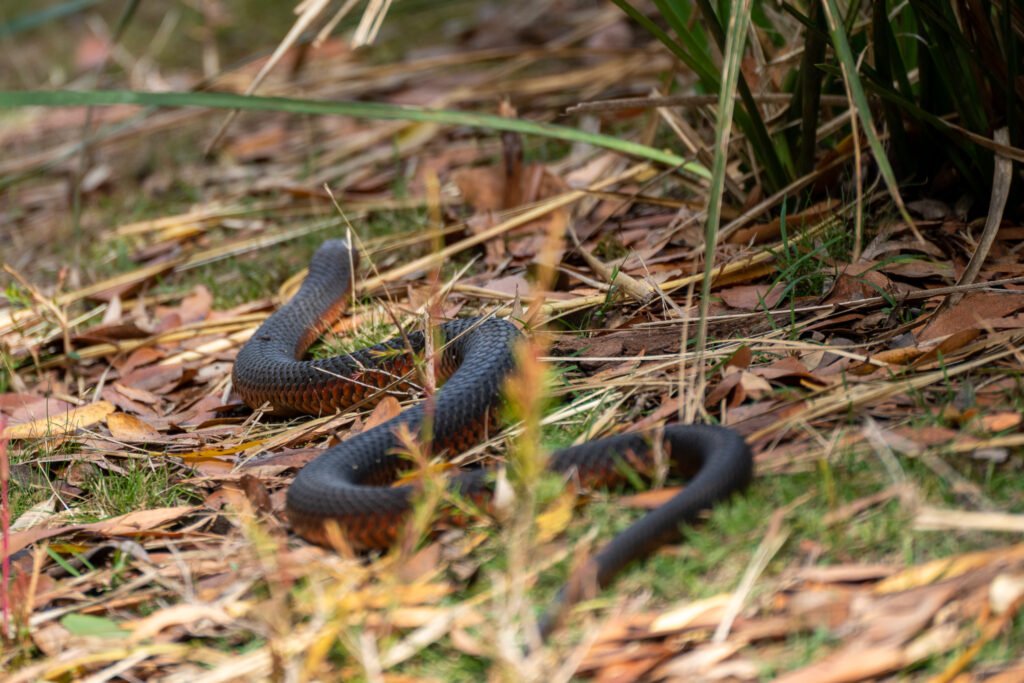
Tasmania has only three species of snake found on the island: lowland copperhead, tiger, and white-lipped snakes, all of which are venomous. So if you are travelling through this area, be aware of your surroundings. If you see a snake, stand still and wait for it to move along; snakes don’t want to interact with you as much as you probably don’t want to interact with them.
Derby
Derby was a town on the brink of extinction until 2015 when a network of mountain biking trails opened and Derby became a mountain biking hotspot. Now, thousands travel here every year to tackle its famed tracks, which entails over 80km of tracks. If you need a bit of relaxation and recovery, the Floating Sauna is the perfect place for that. A beautiful sauna set on a floating pontoon in Lake Derby gives you the opportunity to enjoy the heat and also have the cold plunge option in the lake. Up to 5 people are allowed in one session, or you can pay a bit more to have it all to yourself. Find more information and make a booking here.

About 25 minutes north of Derby, you’ll find Little Blue Lake, a vibrant blue lake made so because of high concentrations of aluminium. While swimming is absolutely not allowed, it does make for some stunning photos.
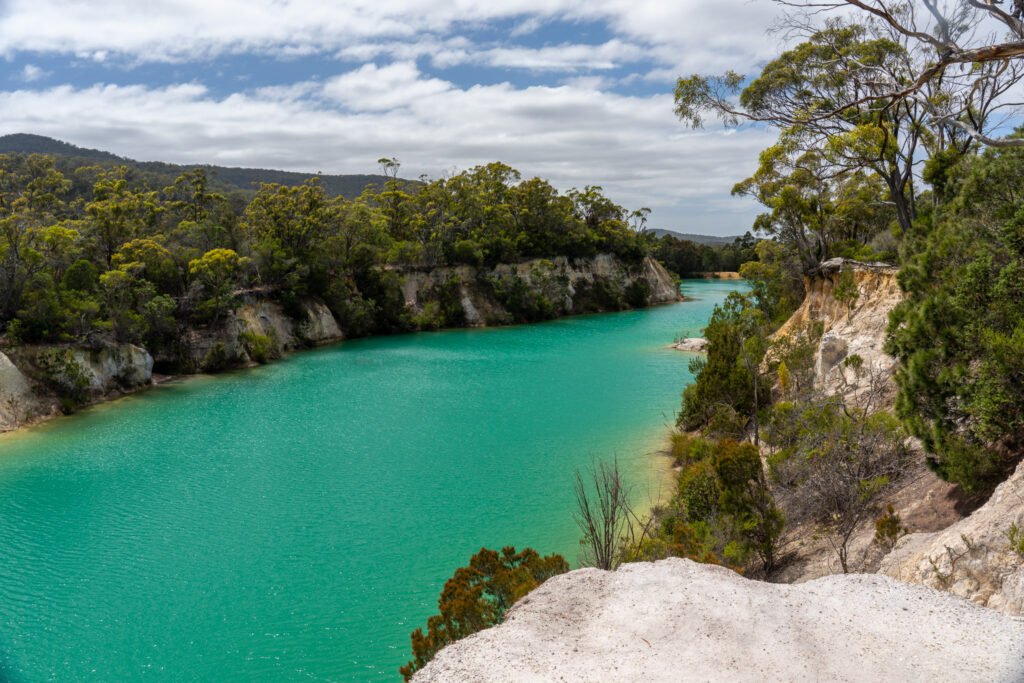
Pyengana
Pyengana is a very unassuming town nestled in the green hills and pastoral lands of Northeast Tasmania, but there are many hidden gems to find around here. No visit is complete without calling in to the Pub in the Paddock, one of Australia’s iconic country pubs. It is a cozy establishment, with the typical oddities adorning its walls.

The pub is also known for its beer drinking pigs. The pigs used to receive full beers but nowadays their drinking habits are more measured. You can purchase a watered down beer from the bar, then head down to the enclosure and if the pig is thirsty, it’ll come right up to the fence for its beverage. The town also offers free camping within walking (or stumbling) distance.

Pyengana also makes a good base for exploring the many waterfalls in the area. Halls Falls is a great little walk with some lovely swim spots if the weather is warm enough (which is a big “if” in this part of the world!).

Ralph Falls itself was nothing special, just a thin stream of water over the cliffs, but the views from the lookout made it worth the trek!

St Columba Falls, one of Tasmania’s highest falls at 90m, has an impressive flow depending on the time of year; it is well worth walking down to the base to experience its full might.
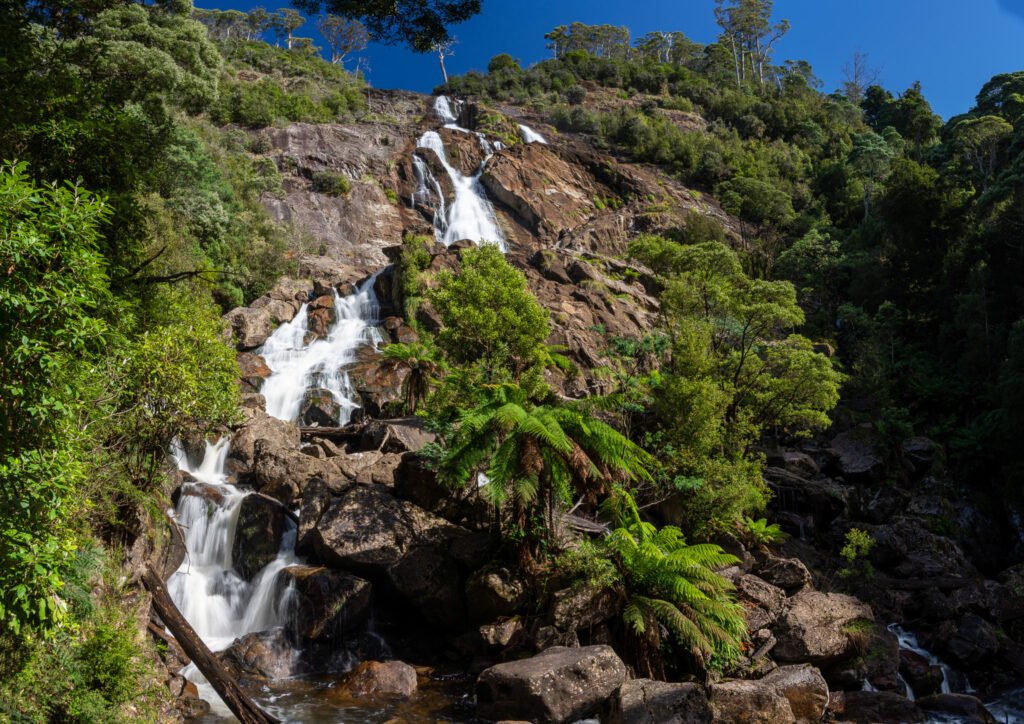
Mathinna Falls, mentioned in Part 2 of our East Coast guide, can also be easily reached from the town of Pyengana.
Central Tasmania
If you’re touring Tasmania, it’s likely that at some point you will travel through central Tasmania. Known as the Heartlands Drive, it can be tempting to view this stretch as simply a thoroughfare, but there is rich history and natural beauty (and tasty treats!) to be discovered by taking your time travelling through this region.
Campbell Town‘s claim to fame is the Red Bridge, Australia’s oldest brick arch bridge (nearby Richmond Bridge, made of stone, has the title of Australia’s oldest bridge). Built in the 1830s by convicts, it is made up of about 1 million bricks. The Convict Brick Trail offers a self-guided walk to learn of prominent convicts of the area throughout history.

Continuing south, the town of Ross also features a beautiful historic bridge, but it is more well-known for two other things. First is the Ross Female Factory, where many convict women where sent in colonial days. There is not much left of the original buildings, but the site still provides plenty of information and details the history and the hardships of the women who came through this workhouse.
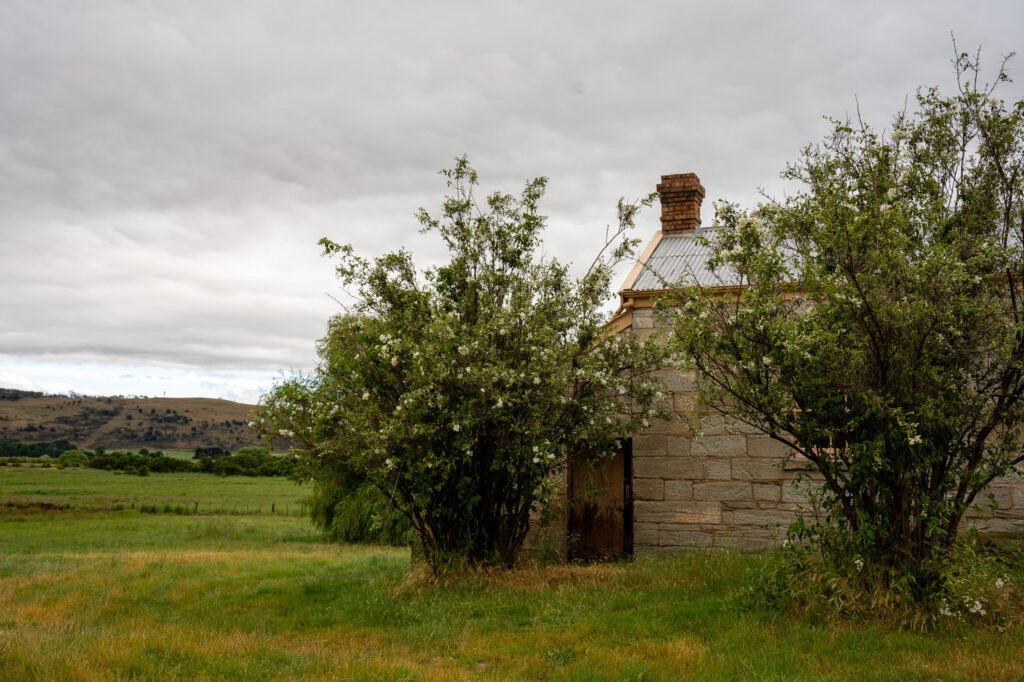
The other claim to fame for the town is its renowned vanilla slices. They are quite sizeable so it is wise to share but no judgement if you have one all to yourself!
There are plenty more little towns to discover in Central Tasmania, like Oatlands, which has the largest collection of sandstone buildings in Australia, so make sure to allow plenty of time to explore!
Our 3.5 months in Tasmania was nothing short of extraordinary; we could have easily spent another few months there and still not seen it all. So make sure you allow as much time as possible to explore as much as you can of this small but stunning island! For us however, our trip to northern Tasmania marked the end of our time on the Apple Isle. The next leg of our journey would be taking us to the last state/territory to tick off our list: the Australia Capital Territory!

